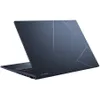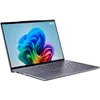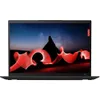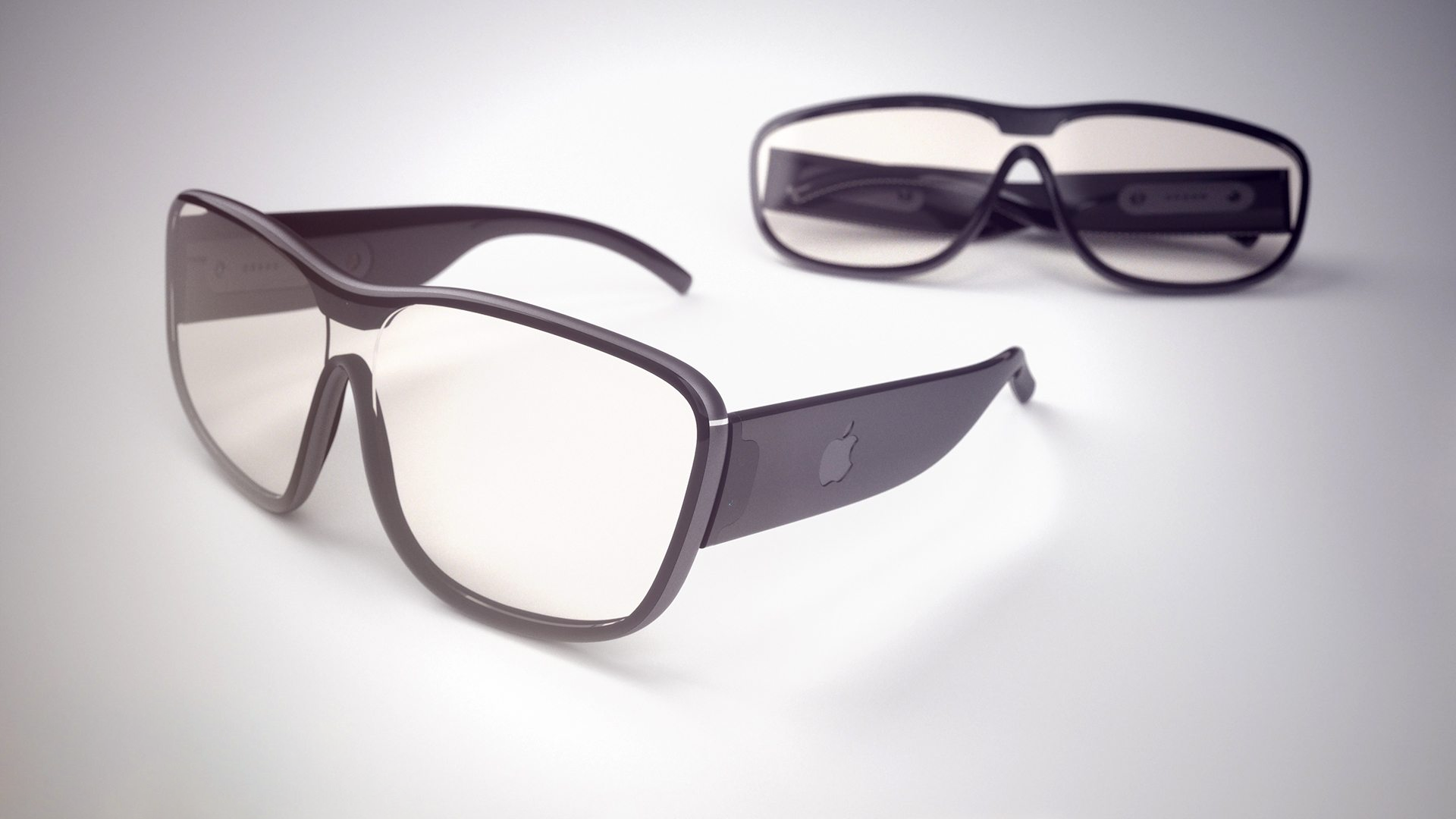Surface Laptop 7 Intel vs. Qualcomm: Which Copilot+ PC is better for you?
We'll help you decide which Surface Laptop 7 to pick up
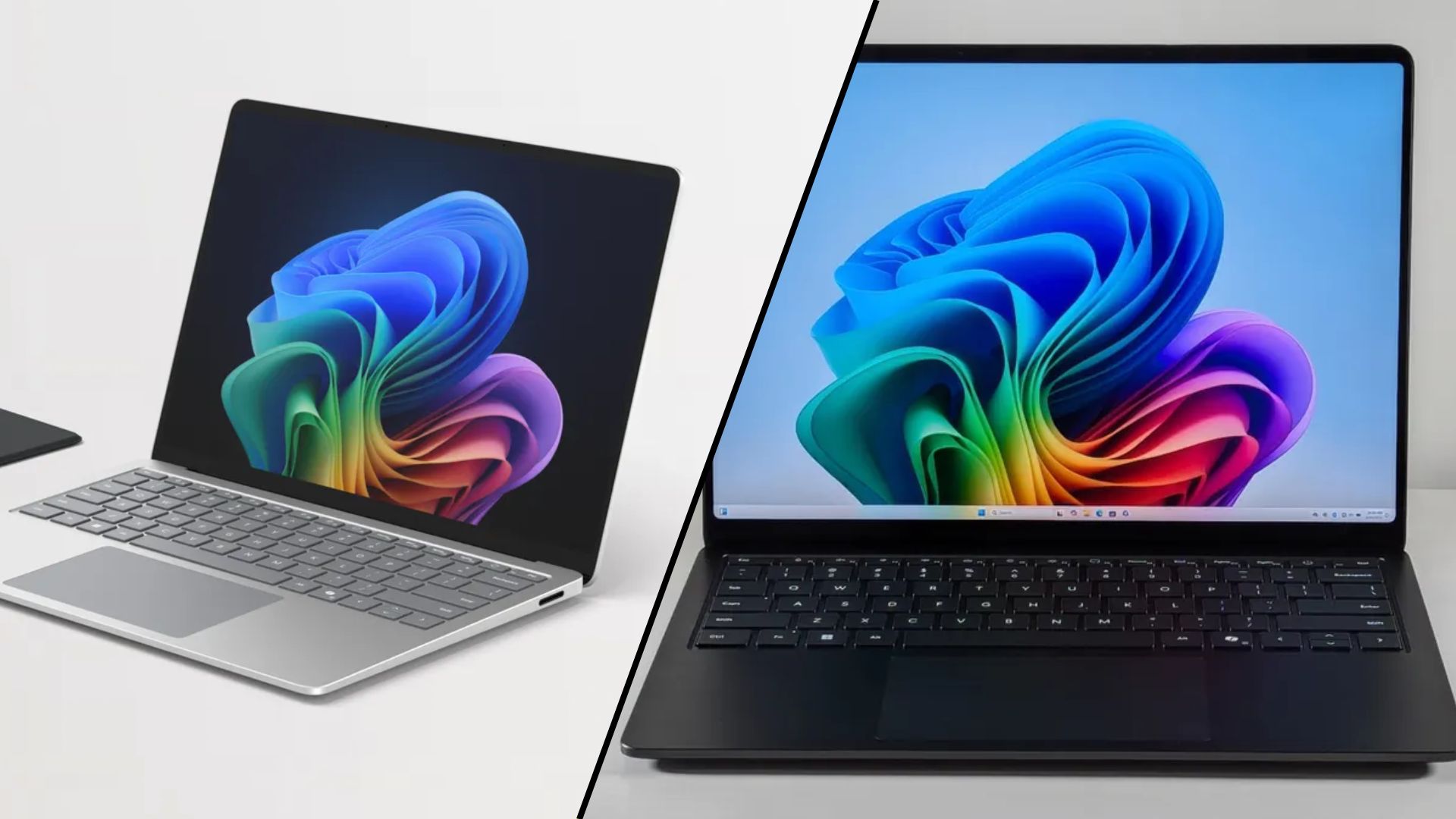
The first Copilot+ PC was the Microsoft Surface Laptop 7, alongside the Surface Pro 11. Equipped with Qualcomm's Snapdragon X Elite chipset, the Surface Laptop 7 was the first Windows laptop in a while to have a battery life worth bragging about and impressively zippy performance.
Unfortunately, the Qualcomm-based Copilot+ PC wasn't without issues. In our Surface Laptop 7 review, we noted the display wasn't as colorful as we'd like and a shallow keyboard that didn't lend well to a positive typing experience.
Many Surface Laptop 7 users also noted issues with native app compatibility for Windows on Arm. Although this has improved since launch, it's still an issue for Snapdragon-powered PCs today. It's also a major reason some users are considering buying one of Microsoft's new Intel-based Surface Laptop 7 machines instead.
This new Surface Laptop 7 model, powered by Intel's Core Ultra Series 2 (Lunar Lake) chipset, will be available to purchase starting February 18, 2025. For those with specific Windows apps that are only natively compatible with x86, it may be worth waiting for the Intel-based Surface Laptop 7.
To help you decide on a laptop that will help you with everyday tasks for years, we'll compare Intel—and Qualcomm-based Surface Laptop 7 devices side by side, scrutinizing promised performance, battery life, and more.
Surface Laptop 7 Intel vs. Qualcomm: Specs compared
| Header Cell - Column 0 | Microsoft Surface Laptop 7, Intel | Microsoft Surface Laptop 7, Qualcomm |
|---|---|---|
| Price | $1,499 starting | $999 starting |
| Processor | Intel Core Ultra 5 236V, Intel Core Ultra 5 238V, Intel Core Ultra 7 266V, Intel Core Ultra 7268V | Qualcomm 12-core Snapdragon X Elite, Qualcomm 10-core Snapdragon X Plus |
| RAM | Up to 32GB | Up to 32GB |
| Storage | Up to 1TB | Up to 1TB |
| Display | 13.8-inch (2304 x 1536) 120Hz touch display; 15-inch (2496 x 1664) 120Hz touch display | 13.8-inch (2304 x 1536) 120Hz touch display; 15-inch (2496 x 1664) 120Hz touch display |
| Ports | Surface Connect port, 2x USB-C (4) ports, audio jack, USB-A 3.2 | Surface Connect port, 2x USB-C (4) ports, audio jack, USB-A 3.1 |
| Battery life | Up to 20/22 hours video playback; up to 12/14 hours active web usage | Up to 20/22 hours video playback; up to 13/15 hours active web usage |
| Dimensions | 11.85 x 8.67 x 0.69 inches (13.8-inch); 12.96 x 9.41 x 0.72 inches (15-inch) | 11.85 x 8.67 x 0.69 inches (13.8-inch); 12.96 x 9.41 x 0.72 inches (15-inch) |
| Weight | 2.97 lbs (13.8-inch); 3.66 lbs (15-inch); 3.64 lbs (15-inch, w/ smart card reader) | 2.96 lbs (13.8-inch); 3.67 lbs (15-inch) |
Surface Laptop 7 Intel vs. Qualcomm: Price and availability
There's quite a significant price difference between Intel and Qualcomm variants of the Surface Laptop 7.
The Qualcomm-based, 13.8-inch model starts at $999, while its larger 15-inch sibling starts at $1,299. Meanwhile, the Intel-based, 13.8-inch model starts at $1,499—a staggering $500 more than its Qualcomm-based opponent. Although Microsoft didn't give a starting price for the larger 15-inch model, we're assuming it'll start at $1,799.
Get The Snapshot, our free newsletter on the future of computing
Sign up to receive The Snapshot, a free special dispatch from Laptop Mag, in your inbox.
You can now buy a Qualcomm Surface Laptop 7 through Microsoft or other retailers. However, if you want an Intel Surface Laptop 7, you'll have to wait until February 18 to receive it.
Surface Laptop 7 Intel vs. Qualcomm: Display and design
By looking at them, it'll be difficult — if not nearly impossible — to tell the difference between an Intel-based Surface Laptop 7 and a Qualcomm-based one.
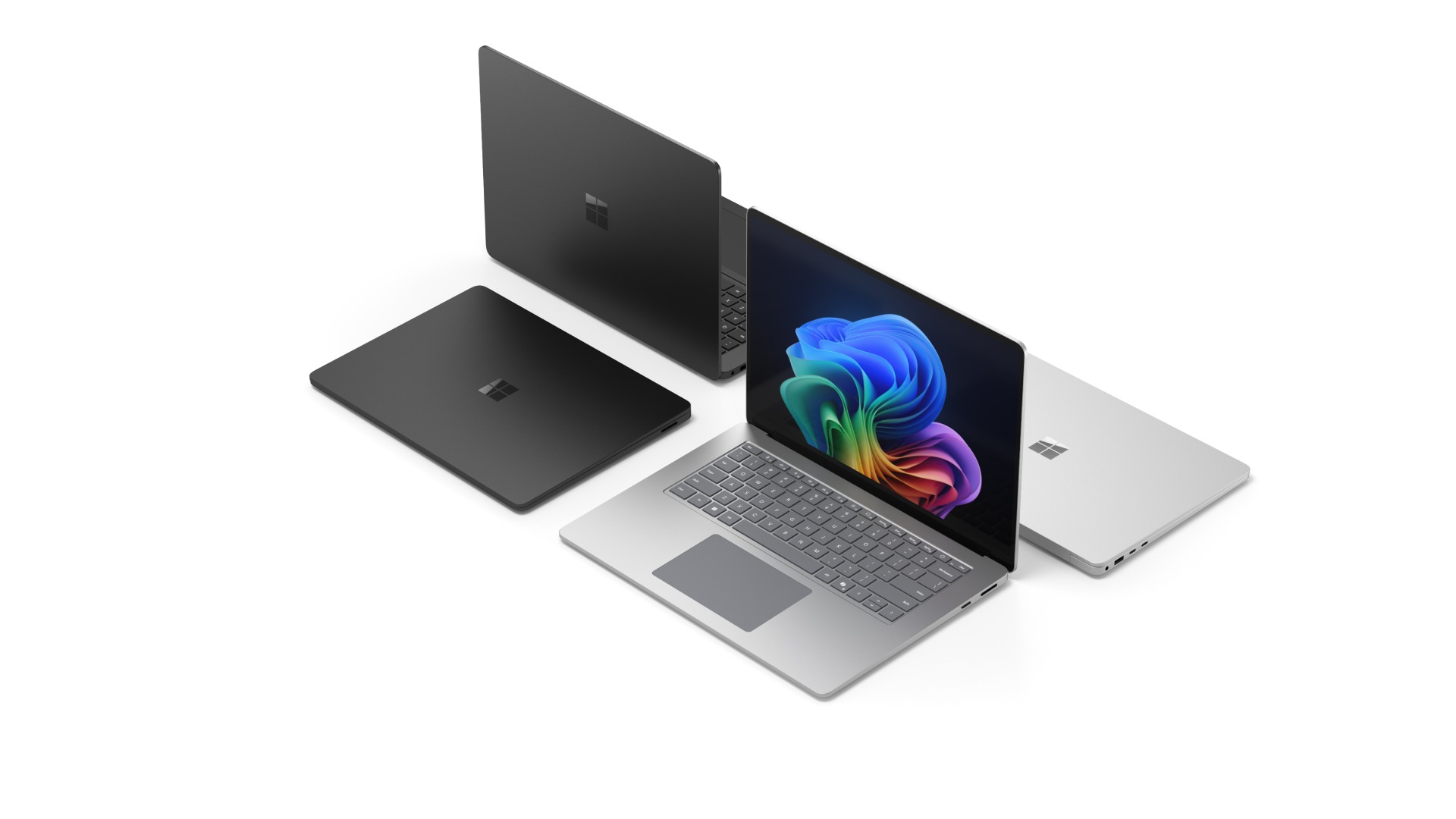
Both Surface Laptop 7 models feature a sleek, MacBook-inspired look with the Microsoft logo centered on the top cover and a thin, lightweight chassis. They even come equipped with the same amount of ports, though the Intel-based Surface Laptop 7 is gaining a USB-A 3.2 port instead of the Qualcomm model's USB-A 3.1 port.
Nothing new was said about the keyboard, so we expect the typing experience to be identical between Intel- and Qualcomm-powered Surface Laptop 7 iterations.
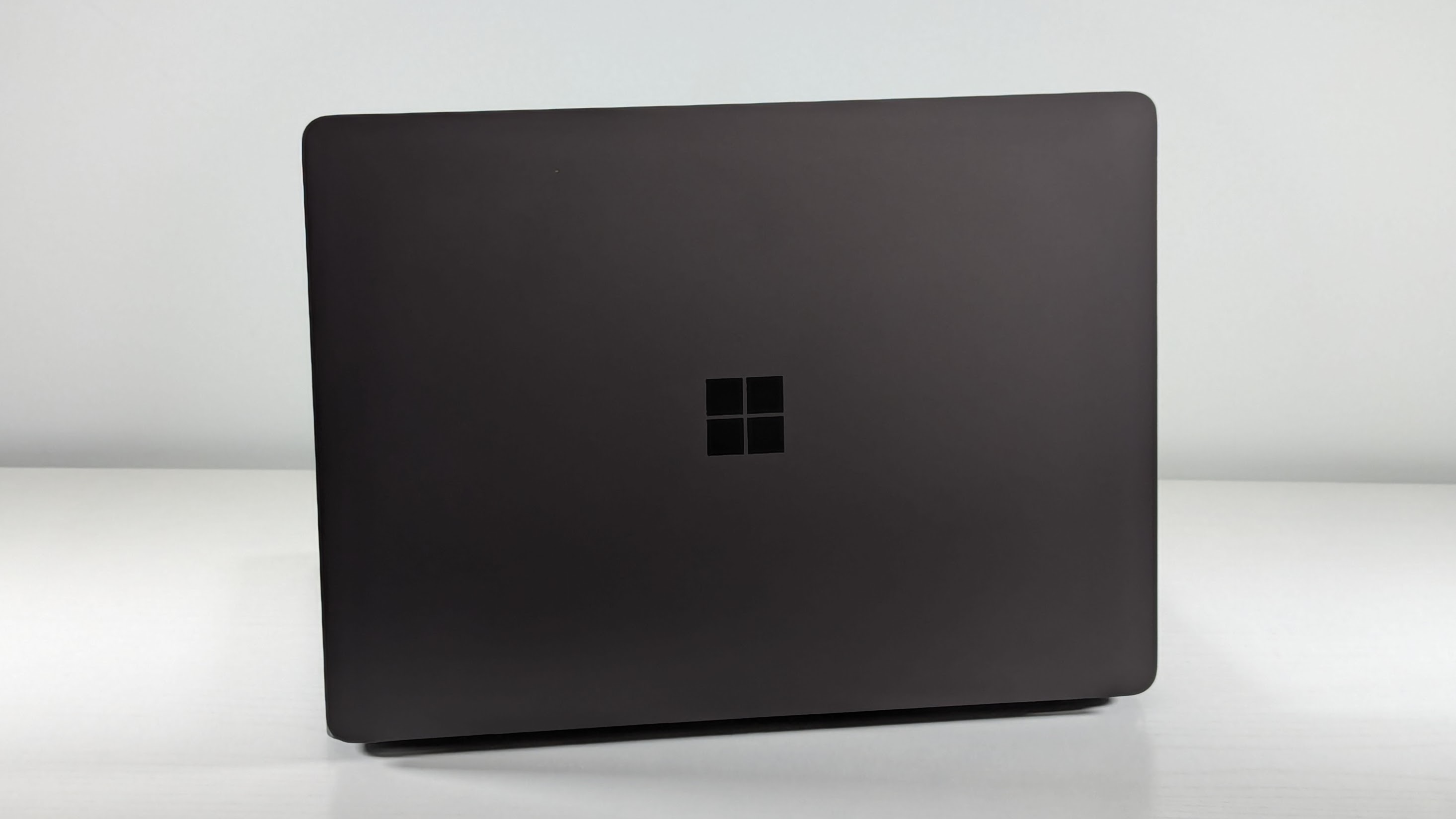
Another identical component between both laptops are the display options. You'll have a choice between a 13.8-inch (2304 x 1536) 120Hz touchscreen display and a 15-inch (2496 x 1664) 120Hz touchscreen display, whether you go with a processor from Qualcomm or Intel.
Surface Laptop 7 Intel vs. Qualcomm: Performance
Performance is one of the biggest categories in which these two laptops will differ, with one powered by Intel's Core Ultra Series 2 (Lunar Lake) chip and the other powered by Qualcomm's Snapdragon X Elite or X Plus chip.
Laptop Mag's Surface Laptop 7 review unit featured a Snapdragon X Elite X1E80100 processor backed up by 32GB of RAM. When we ran the Geekbench 6 overall performance test, the laptop scored an impressive multi-core score of 14,426.
We haven't been able to test one of Microsoft's new Intel-based, 7th-gen Surface Laptops yet, so we don't have our own Geekbench 6 scores to compare. However, Tom's Guide tested an Intel Core Ultra 7 258V processor in a Dell XPS 13 and an Intel Core Ultra 9 288V processor in an Asus Zenbook S 14 and received multi-core scores of 11,033 and 11,125, respectively.
It's not clear whether these laptops were equipped with 16GB or 32GB of RAM, which could make a difference in multi-core scores. That said, based on our limited knowledge so far, it looks like Qualcomm has a leg up over Intel regarding raw performance power.
Surface Laptop 7 Intel vs. Qualcomm: Battery life
According to Microsoft, the 15-inch, Snapdragon X Elite-powered Surface Laptop 7 features up to 22 hours of battery life for video playback. The smaller 13.8-inch model can last up to 20 hours. Specs for Intel-powered Surface Laptop 7 models suggest similar video playback estimates.
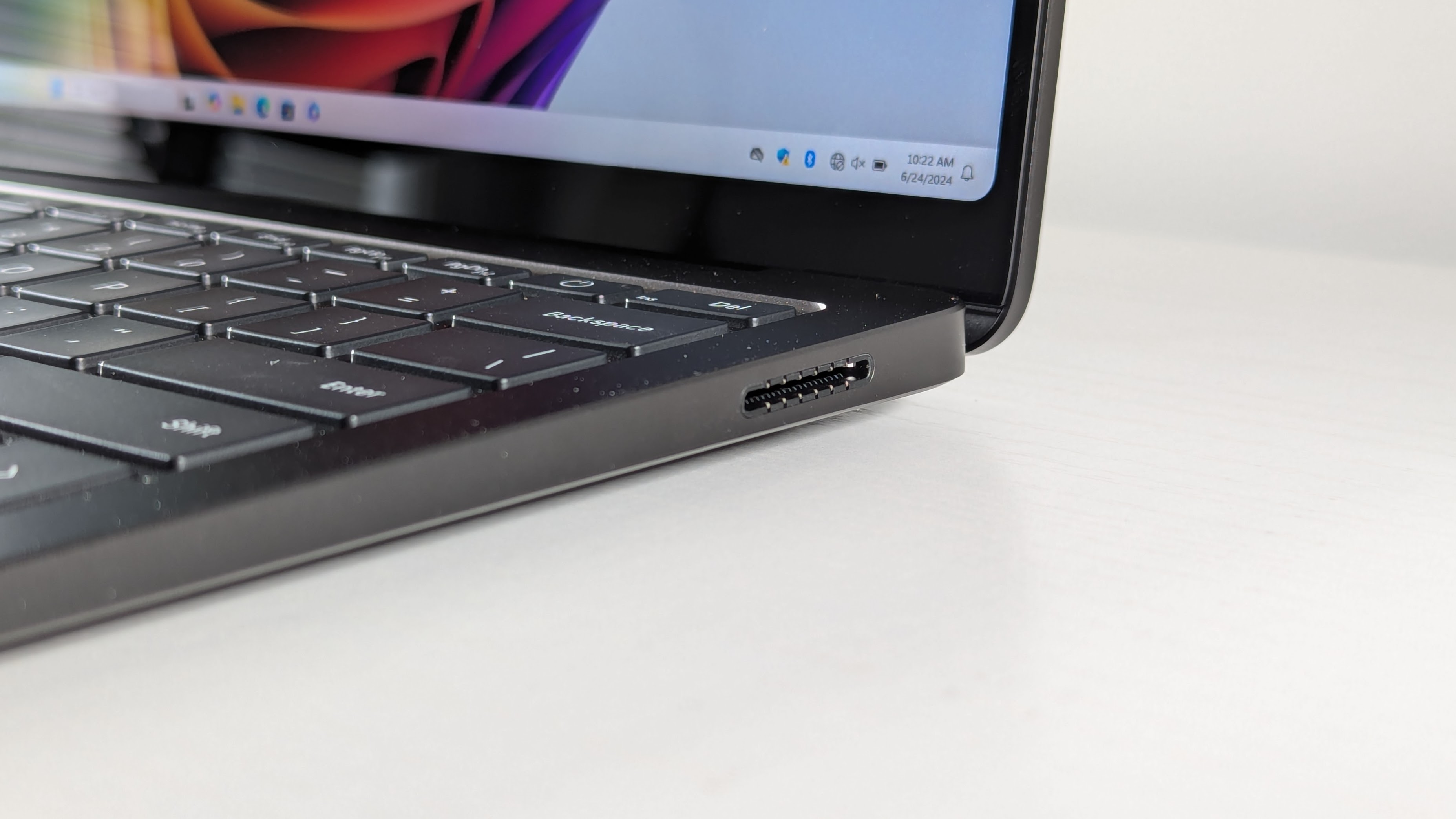
According to battery life estimates directly from Microsoft based on "active web usage," the Intel-powered Surface Laptop 7 can last up to 12 hours on the 13.8-inch model and up to 14 hours on the 15-inch model. Alternatively, the Qualcomm-powered Surface Laptop 7 can last up to 13 hours on the smaller model and up to 15 hours on the larger model.
In our Surface Laptop 7 review, the laptop lasted 15 hours and 44 minutes on the Laptop Mag battery test, which involves continuous surfing through web pages over Wi-Fi at 150 nits of brightness.
For comparison, Tom's Guide ran a battery test on the Intel Core Ultra 7 258V chip in a Dell XPS 13, which lasted 17 hours and 29 minutes. These aren't identical laptops, and processors behave differently within unique configurations. However, this helps us know what battery life with Intel's new Lunar Lake chips could be like before we get our hands on one to test.
Surface Laptop 7 Intel vs. Qualcomm: App compatibility
We've come a long way since the first Copilot+ PC launched in July 2024 when it comes to app compatibility on devices running Windows on Arm.
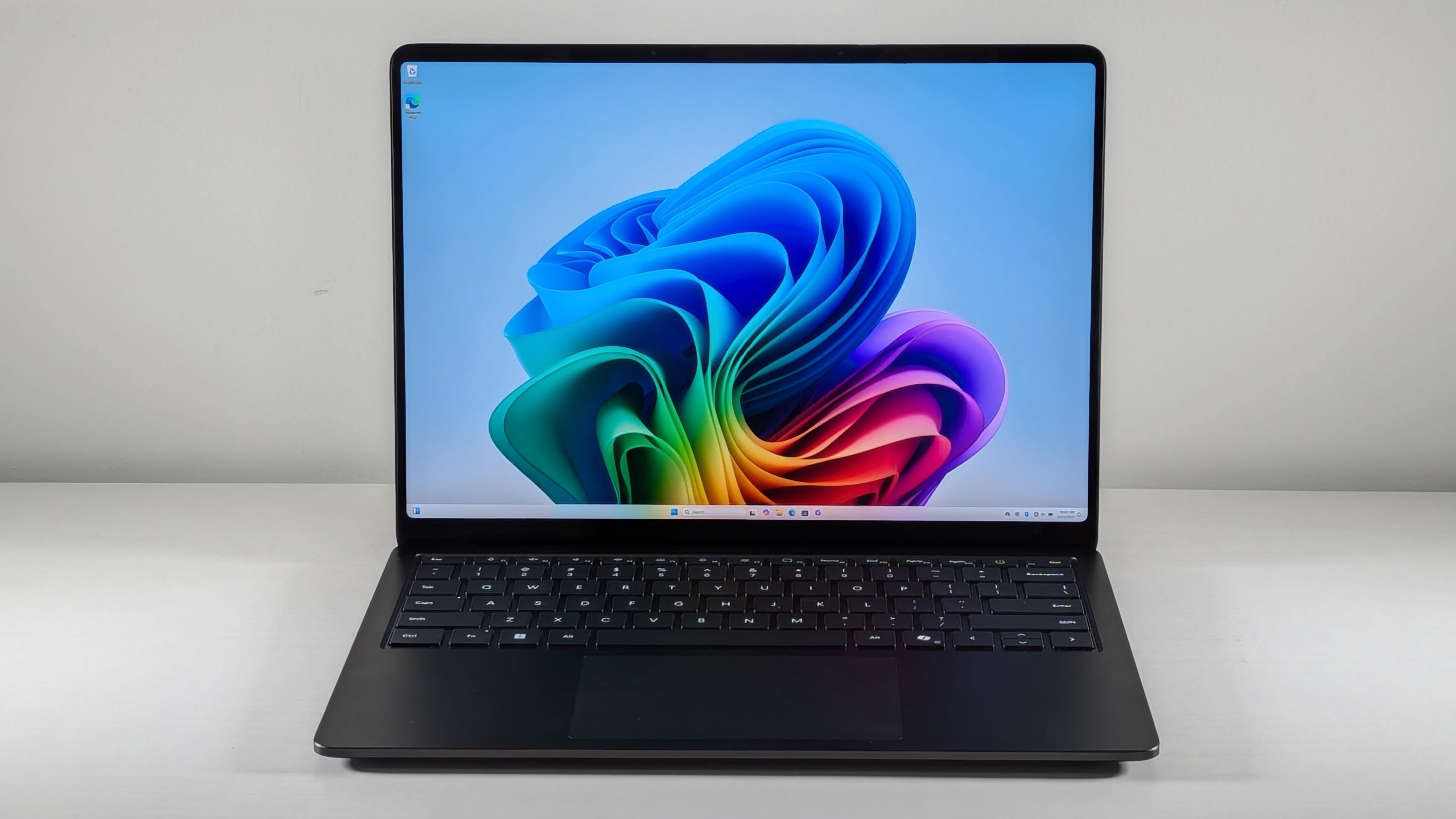
According to research from Microsoft, 90% of the time people spend on Copilot+ PCs — which at the time were solely powered by Qualcomm's Snapdragon chips — is spent in "native experiences including popular apps like Chrome, Zoom, Brave, Photoshop, Opera, Slack, Spotify, Private Internet Access, Surfshark, Windscribe, OpenVPN, and many others."
TechRadar has a massive list of apps supported natively through Windows on Arm, but Steam is the only one absent. So far, Valve hasn't created a native Steam app for Windows on Arm, and there's no telling when it'll be available or if it's even in the works. Currently, there are emulation workaround solutions, but gaming on a laptop running Windows on Arm is more complicated than on an x86-based laptop.
With growing native app compatibility, there's a good chance this won't be a deciding factor for much longer when buying an x86-based, Intel-powered laptop vs. a Windows on Arm, Qualcomm-based laptop.
But for now, I'd suggest listing all the apps you typically use regularly and confirming whether they have native app support for Windows on Arm before you buy.
Surface Laptop 7 Intel vs. Qualcomm: Outlook
Ultimately, the battle between an Intel-powered and a Qualcomm-powered Surface Laptop 7 is an extremely close one. Both processors are powerful enough to qualify the laptop as a Copilot+ PC under Microsoft's guidelines, and they'll both feature better battery life than we've seen in years from Windows laptops.
Until we get our hands on a Surface Laptop 7 with a new Intel Core Ultra Series 2 processor, we can't definitively declare a winner or say whether one laptop will be better for most people. However, based on battery life and performance estimates we've seen thus far, the Snapdragon X Elite-powered variants seem to have a slight leg up over Intel models.
The only area where Intel wins out over Qualcomm right now is in regards to native app compatibility, and Qualcomm is quickly catching up. And a year or two from now, nearly all the apps people use on a regular basis could have native Windows on Arm versions.

Sarah Chaney is a freelance tech writer with five years of experience across multiple outlets, including Mashable, How-To Geek, MakeUseOf, Tom’s Guide, and of course, Laptop Mag. She loves reviewing the latest gadgets, from inventive robot vacuums to new laptops, wearables, and anything PC-related. When she's not writing, she's probably playing a video game, exploring the outdoors, or listening to her current favorite song or album on repeat.


